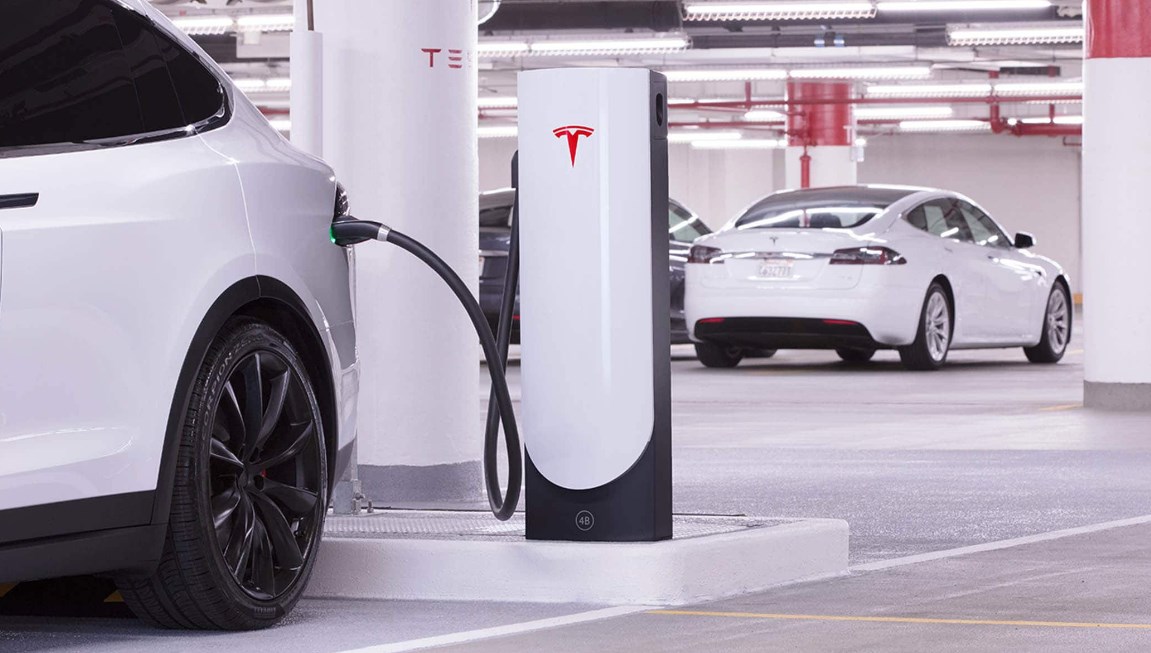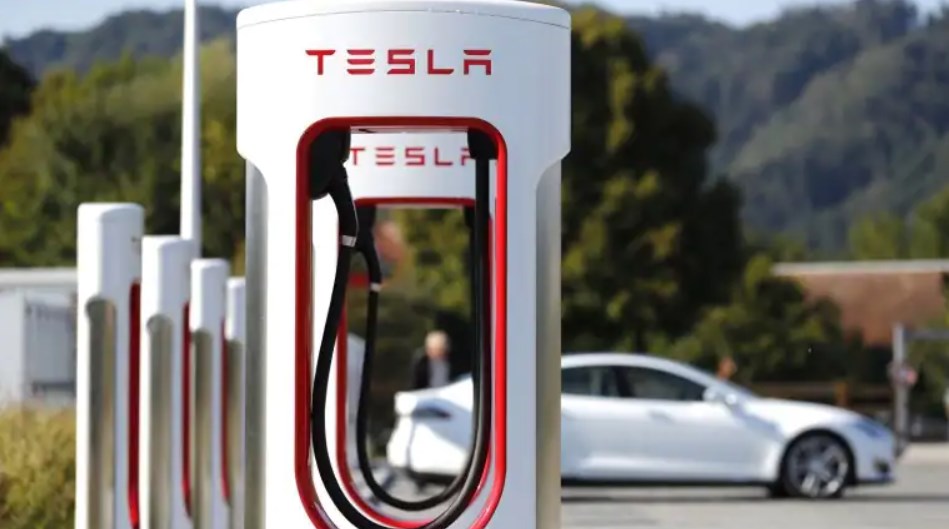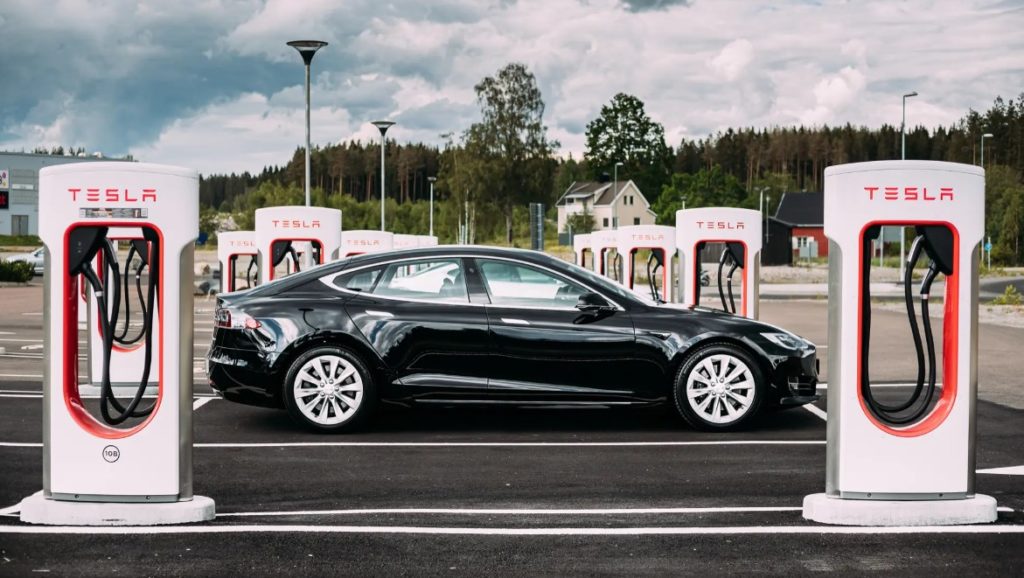For some time now, your automobile has been alerting you that it runs out of battery.
What can you anticipate if you leave your electric car with its battery fully discharged? You won’t actually harm the battery. You’ll be able to charge it completely. Simply said, the car will stop slowly. Overall, an empty battery affects an electric vehicle less than an empty tank does a car with a combustion engine.
Stay with us so that you can learn how to handle your automobile and yourself in the event of a dead battery. These topics will be covered, giving you access to all the knowledge you require in one place.
How long can an electric car run?
It all depends on the make and type of the car. The battery life of earlier electric vehicles was approximately 100 kilometers. As electric motor technology advanced, battery capacity increased as well, giving today’s electric cars a range of about 250 miles. That had an effect on the electric vehicle drivers’ perceived reduction in range anxiety.
The greatest information available comes from Elon Musk, who asserts that a replacement battery for a Model 3 car will cost between $5,000 and $7,000 dollars. This is because so few electric vehicle batteries have been changed. It is anticipated that the price of changing batteries would decrease together with the price of batteries themselves.
People are regularly reporting spending tens of thousands of dollars on a new battery, and the claims are multiplying. There is a lot of conflicting information about costs, but it’s feasible that a Tesla battery will keep working after 500,000 miles; at that point, it will only have a lesser mileage range per charge.
It is also realistic to assume that the performance of your battery will not change over time. According to the study, after 160,000 miles, the typical Tesla battery degradation rate is estimated to be 10%. After many miles, the battery’s performance and energy density only decreased by 10%, proving that it is still operating at or close to its peak efficiency.
How will you know your electric vehicle is dying?
Tesla provides a flurry of warnings before completely stopping your car. For instance, if your battery charge continues to drop, and you are in urgent need of a recharge, your car will start suggesting charging locations that you visit.
Even though this does not imply that you should put your hopes in it, it is consoling to know that you can travel those 20 miles at 65 mph. Maybe you’ll be able to get there and get your battery charged.
You shouldn’t depend on those extra miles for daily travel, as should be obvious. If you find yourself in this predicament, you should only use them if you are completely trapped and in dire need of help.
The extra miles you log while operating a Tesla are referred to as a buffer. You will eventually be unable to maintain your current pace of 65 mph. You will therefore notice that your car is gradually slowing down. It gives you more than enough time to stop by the side of the road and park your car while you if required, think through your next course of action.
Your Tesla will notify you that it will soon be unable to drive as it continues to slow down to around 15 mph, and it will eventually come to a complete stop and park itself.
If you get to this point, you’ll need to call a towing company or roadside assistance to get you to the nearest charging station. To avoid any damage, make sure your Tesla is being delivered on a flatbed. Put the car in “transport mode” as soon as roadside assistance comes so that the tow truck drivers can easily load it into the tow truck and transport it to a storage facility.
How to increase the capacity range of electric vehicles?
The maximum range per charge of your Tesla can be increased by following a few energy-saving tips.
- Keep the same speed. The longer you can drive, the more range you can get by maintaining a constant speed.
- Turn on “Chill” mode. Reducing the acceleration power, and so reducing the amount of electricity used, extends the range of your Tesla. Although it will be somewhat slower than the “Sport” mode, you will still be among the fastest cars from a red light.
- Use the regenerative brake setting marked “Standard.” Tesla employs regenerative braking, like the majority of electric cars. As a result, when you brake or coast, electricity might return to your battery. For its regenerative braking, Tesla offers two settings: Low and Standard.
Even though Standard requires some getting used to, it is far more energy-efficient.
- Instead of using the heating system, use seat warmers.
- When compared to the heating system through the air vents, employing the seat warming option can keep you warm while using less energy.
- Make sure your car is aerodynamic. Take off any unnecessary car accessories, such as a roof rack or bike rack.
- Avoid bringing too much. The energy required by the car to transport you depends on how much weight it must carry.
- Pay attention to how you drive.
All of these suggestions can come in handy at times, but the key to energy conservation is realizing how much energy you are using to drive. On the touchscreen, Tesla’s energy page displays your driving efficiency.
How long does it take to get enough battery power in my Tesla?
Tesla advises against charging your car past 90% or letting the battery charge down to 20%. To ensure that charging stops when it reaches the limit, set your charging limit to 90% or below.
It’s also advised to utilize high-voltage chargers, such as superchargers, sparingly and only when absolutely essential. Your battery will last much longer if you use a low-voltage charger. For the longest battery life, it is advised to charge the battery every night using a 120V or 240V charger.

How to act if your electric car runs out of battery?
There are only three options available if you allowed your electric car to entirely run out of charge despite all alerts and warning signals:
- Request a tow truck
- Message roadside assistance
- Find a mobile charger.
These three alternatives will be discussed so that you are aware of how to use them effectively. Given their sophisticated technological capabilities, electric vehicles require special handling procedures.
Tow Truck towing
Electric vehicles also require towing when their fuel tanks are empty, just like gas-powered vehicles do. Tell the towing firm you need to be towed to the closest charging station since your electric car isn’t working properly.
A gas-powered car cannot be towed the same way an electric car can. Several of the car’s electronic systems may malfunction if you tow an EV. As a result, there are businesses with knowledge of towing electric vehicles.
Roadside assistance service
A driver in difficulty can always rely on road aid. If they have a mobile charger, you can ask them to bring it when you get in touch with them. Make sure the provider has a flatbed truck if you elect to have your automobile towed to the nearby charging station. The only secure method for towing EVs is with flatbed trucks.
Is roadside assistance from Tesla free? For 50,000 miles or four years, Tesla Roadside Assistance is bundled with every new Tesla vehicle’s warranty.
Mobile charger
Ask the towing firm whether they have a mobile charger if you don’t want to tow your car to the closest charging station. You may choose your next stop for battery charging, and these speedy chargers will get you back on the road in no time. A Tesla mobile connector can be used to connect you to a mobile charger. The benefit of this is that your Tesla can charge wherever you go on long excursions.
Can an electric vehicle be jumpstarted?
Yes is the quickest response to this. In electric vehicles, there are two batteries. One battery serves as a power source for the electric motors and the car’s drivetrain.
Most of the time, you don’t give the second battery any thought. This second battery is a 12-volt battery that, among other things, operates the radio, wipers, and heated seats.
You’ll need to jumpstart your car when the battery is low and needs to be recharged. The 12-volt battery comprises lithium-ion, and if it runs out of power, the automobile won’t start. Finding the battery’s location is the most challenging aspect of jumpstarting an electric vehicle. It can also be jumpstarted in the same manner as a typical gasoline vehicle.
This small 12-volt battery can require a jump start since it hasn’t been used in a while or the charging circuit is broken. Whatever the cause, the battery must have sufficient charge to turn on the vehicle’s electrical system.
As much as your EV can jumpstart other vehicles, you shouldn’t do so. The majority of hybrids and electric vehicles shouldn’t jumpstart other vehicles because doing so puts the electronics of the car in danger and could result in issues.
Final words
The future of road transportation is electric automobiles. They are not only inexpensive, but they also prevent air pollution, are efficient, and are inexpensive.
Gases from common automobiles add to air pollution. However, electric cars are greener than other forms of transportation; therefore, they don’t harm the environment.
You’ll require roadside assistance, a tow truck, or a mobile charger on days when you underestimate the distance your electric vehicle can travel before running out of juice. These help you save money and prevent you from going into a full-blown panic in the middle of the highway if you run out of power for your electric vehicle.
Because charging methods appear to be highly promising, the future of electric cars is bright, and you won’t suffer any of these issues like running out of range in a few years. Electric cars will be the world’s most practical mode of transportation in less than ten years.

FAQs:
What happens if a Tesla completely dies?
Anyone who has ever operated a typical gasoline-powered vehicle is familiar with the anxiety that results from being stranded on a highway without any fuel or with no nearby gas stations. Electric car drivers are extremely concerned about these and related issues. There are a few things you may do to receive assistance in these circumstances, such as phoning Roadside Assistance, a towing business, or the brand-new idea known as a mobile charger.
How long do batteries in a Tesla last?
Elon Musk said on Twitter that the batteries in Tesla cars should theoretically last for 300,000 to 500,000 miles or 1,500 battery cycles. For the typical car owner, who, according to the Department of Transportation, logs 13,500 miles annually, it translates to between 22 and 37 years. If it takes one cycle run, Tesla runs out of battery charge after 100 to 250 km, depending on the car’s type.
Read also: All you need to know about Tesla update 2022.8.2

